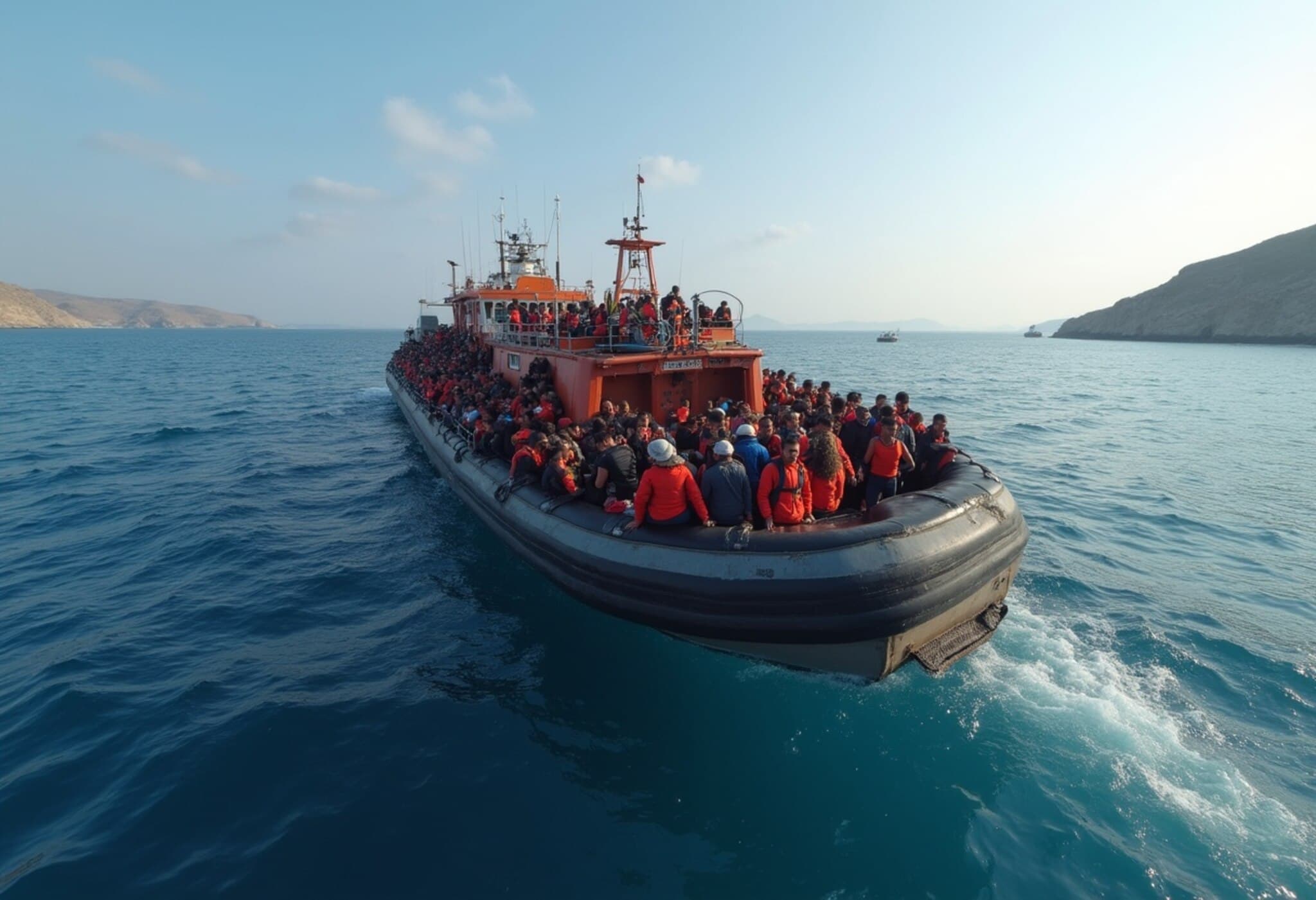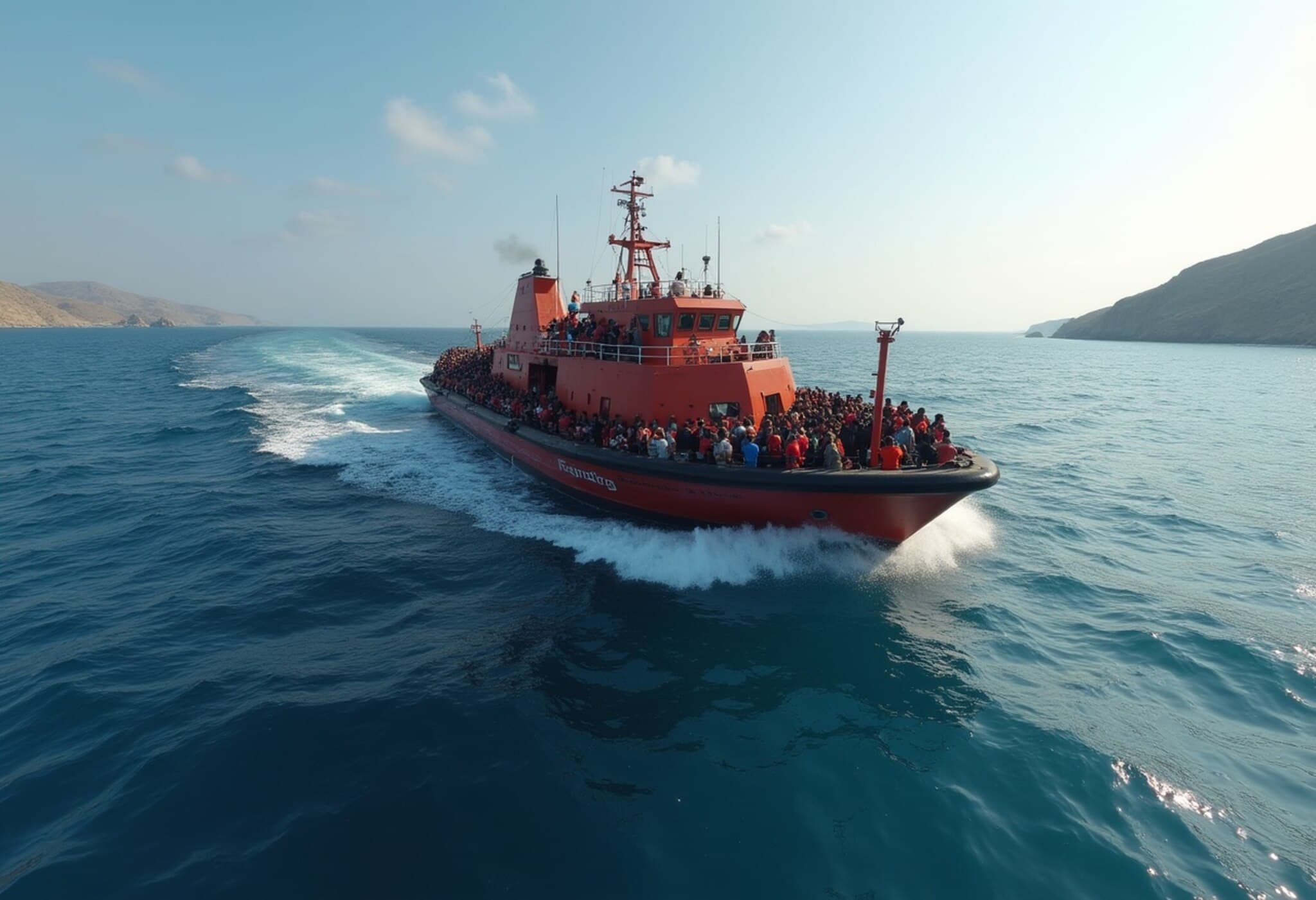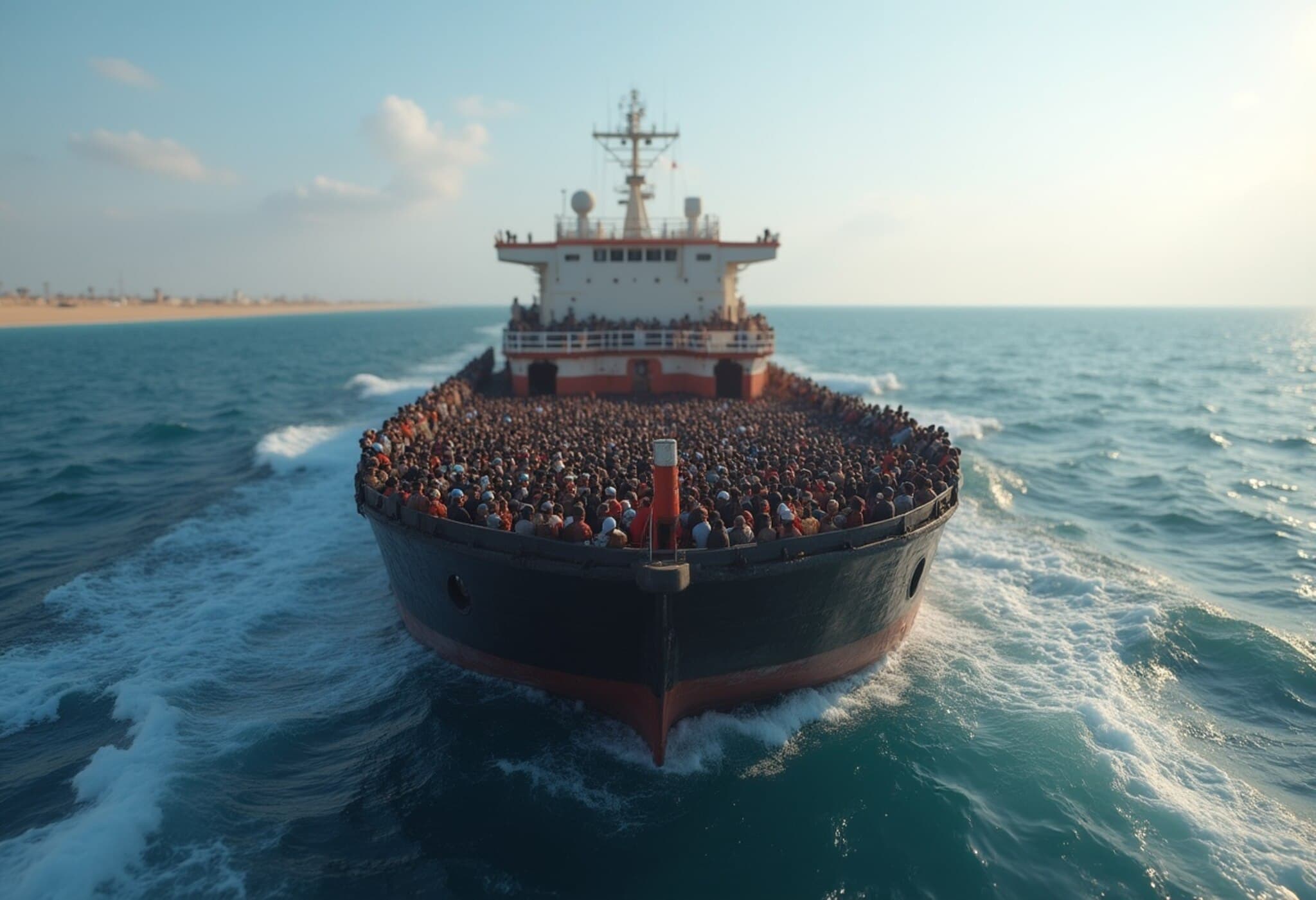Tragic Shipwreck Off Yemen’s Coast Claims Lives of 76 Ethiopian Migrants
In a heartrending incident off Yemen's southern coastline near Abyan province, a boat carrying 154 Ethiopian migrants capsized on Sunday, resulting in the confirmed deaths of at least 76 people, according to the United Nations’ International Organization for Migration (IOM). To date, 12 survivors have been rescued, while dozens remain unaccounted for, casting a shadow of uncertainty over this unfolding maritime disaster.
Details of the Incident and Rescue Efforts
Abdusattor Esoev, the head of IOM operations in Yemen, reported that the vessel sank in the Gulf of Aden—one of the busiest and perilous migration routes linking East Africa to the Arabian Peninsula. Bodies of 54 victims washed ashore in Yemen's Khanfar district, with another 14 retrieved from nearby locations. Yemeni security forces confirmed recovering 76 bodies and rescuing about 32 individuals, some of whom have been transported to Aden for medical care.
The Dangerous 'Eastern Route' Migration Path
This tragedy underscores the persistent risks faced by migrants traversing the Eastern Route—a passage notoriously dominated by human smugglers ferrying individuals from the Horn of Africa across the Red Sea to Yemen’s coast. Many migrants set off from Djibouti, hoping to ultimately reach wealthier Gulf nations such as Saudi Arabia and the United Arab Emirates, where job opportunities promise financial respite for families back home.
The route is fraught with danger: overcrowded vessels, unregulated and illicit operations, and the volatile political climate of Yemen, which has grappled with civil war and instability since 2014. Despite this, migration continues unabated due to a lack of safe legal channels and pressing economic imperatives.
Human Cost Behind the Numbers
Humanitarian experts like Ayla Bonfiglio of the Mixed Migration Centre highlight the grim calculus migrants face: “Refugees and migrants have no other alternative but to hire the services of smugglers.” The IOM estimates that last year alone, over 558 people died along the Red Sea route, the majority in boat accidents.
Repeated maritime disasters in recent months—including multiple shipwrecks and incidents where migrants were forcibly abandoned at sea—reflect systemic failures to protect vulnerable populations caught in complex geopolitical, economic, and social webbing.
Contextualizing Yemen’s Role Amid War and Migration
Although Yemen’s decade-long civil war has devastated its infrastructure and populace, it remains a critical transit hub for migrants from Ethiopia and surrounding regions. The Bab al-Mandab Strait, a critical maritime chokepoint for global trade, also doubles as a gateway for this perilous journey.
Inside Yemen, migrants face further threats, including exploitation and violence. In April, airstrikes allegedly caused mass casualties at a migrant detention center, exposing the tragic intersection of war and human mobility crises.
International Reactions and the Humanitarian Imperative
The international community, including figures like Cardinal Pietro Parolin, has voiced sorrow over the recent losses, emphasizing the urgent need for coordinated efforts to mitigate such humanitarian disasters. The rising death toll on migration routes calls for expanded legal migration pathways, stronger maritime safety measures, and improved protections against trafficking and abuse.
The plight of Ethiopian migrants reflects broader challenges at the nexus of conflict-driven displacement, economic deprivation, and regional instability. It sets a pressing agenda for policymakers and humanitarian organizations aiming to safeguard human dignity amid migration.
Looking Ahead: Seeking Solutions Beyond Tragedy
- Increase regional cooperation to monitor and secure maritime migration routes.
- Expand safe and legal migration channels to reduce reliance on smugglers.
- Strengthen support systems for migrants stranded in conflict zones like Yemen.
- Invest in conflict resolution and economic development in source countries like Ethiopia.
Only through a multifaceted approach addressing root causes and immediate hazards can the cycle of loss and desperation be broken.
Editor's Note:
The Yemen shipwreck is a sobering reminder of the human cost underlying migration crises often reduced to statistics. Beyond the tragic loss of life lies a complex narrative of hopes, vulnerabilities, and systemic gaps. As global attention remains fixated on geopolitical turmoil, the silent suffering of migrants demanding safe passage compels urgent reflection—are current policy frameworks equipped to reconcile human mobility with dignity and safety? This disaster invites readers and policymakers alike to reassess approaches to migration, humanitarian protection, and international solidarity.











